Goldieblox toy challenges stereotypes for young girls, encourages them to redefine “girl” or “boy” toys
At Toys ‘R Us, or basically any store that carries toys, Goldieblox lies hidden amongst the princessy pink stereotypical “girl” toys. It took the reporter nearly twenty minutes to find it, marketed to girls alone.
October 3, 2014
For over a hundred years, construction toys—the same toys that create interest in science, math, and engineering fields—have been considered “boy toys.” “Girl toys” remain nothing more than dolls, dress-up clothes, and Disney princesses. Who decided girls can only turn into or play pretty princesses? Goldieblox challenges this stereotype and strives to inspire the next generation of female engineers.
When Debbie Sterling discovered engineering in her freshman year of college, she knew she had found her calling. After graduating from Stanford with a degree in mechanical engineering/product design, Sterling realized how few women worked in engineering. Only 14 percent of engineers around the world are women. Bothered by this fact, Sterling became obsessed with “disrupting the pink aisle” with a toy that introduced young girls to engineering.
I found Goldieblox earlier this school year while researching girl empowerment. As a 17 year old, I understood that it was too late for this toy to change my life, but I knew it could alter lives of young girls everywhere. With the help of my journalism teacher and my mother, a preschool teacher familiar with toys and young children playing with them, I set up interviews with young girls and parents to test out Goldieblox. Three young girls, ages three, five, and seven, were tested. The results proved that Debbie Sterling’s amazing toy could change young girls’ minds.
Goldieblox and the Parade Float, the toy I tested, comes with four long axles, nine short axles, six blocks, seven wheels, four stoppers, and one long ribbon. The toy components also come with a story book and three characters. The toy combines building and reading to teach girls basic engineering concepts. As girls read the story, they build what Goldie, the main character, builds. Over time, girls learn to apply what they learned and create their own projects and ideas.
Caroline, age three and obsessed with Frozen, played with Goldieblox and the Parade Float first. At age three, she needed more help than the other girls, but she remained excited nonetheless. We sat down together and I read her the story, helping her build the various objects. The more we built, the more Caroline started to understand how the pieces fit together. By the time I left, we built all the different projects in the book and Caroline appeared eager to build in the future.
Before I left, I spoke with her mother for a while. She has three older sons, so their house remains full of Legos and various other “boy toys.” Caroline has played with dolls and construction toys every day, so a toy like Goldieblox looked normal to her. Goldieblox involved everything she loved: princesses and building.
After Caroline, I played with cousins Bella, age five, and Alaina, age seven, who are around the age that most girls (according to recent research) lose interest in science. The girls seemed more comfortable with each other than without, so I decided to try Goldieblox with them at the same time. I explained the “read and build along” concept to them, and they immediately understood how to follow along. As I read, Bella and Alaina helped each other build the various projects Goldieblox told them to create. By the end of the hour, both girls created inventions freely, and even Alaina’s father joined in. Everyone looked pleased and intrigued by the Goldieblox.
However, as I watched the girls play freely, I started to notice a distinct difference between Alaina and Bella. Alaina played with the various wheels and axles on the table, but after a while, she seemed ready to move on to her dress-ups clothes. She could undoubtedly construct every invention Goldie asked her make, but none of that mattered if she lost the desire to build. Unfortunately, Alaina’s actions made sense. According to the Goldieblox website, most girls lose interest in science at age six. At age seven, anything related to math or science may appear boring or useless to her now.
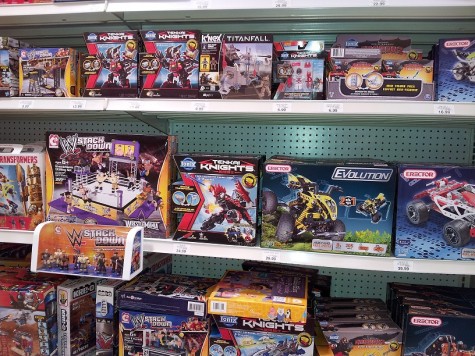
Located directly across the “girl” toy aisle, the “boy” oriented section focuses largely on building or destruction, with little in between.
Bella on the other hand, looked determined to build everything correctly and by herself. She remained interested and continued to build until Alaina stopped building. Bella is still at an age where science and math may seem interesting to her, but if societal pressures begin to affect her, she may stop enjoying these subjects. However, if toys like Goldieblox continue to interest her, Bella’s curiosity could overcome cultural pressures and expectations.
Goldieblox seemed to create interest in the young girls who played with it, and parents agreed that it could create genuine interest in science and math fields. With the help of Goldieblox and encouraging parents, girls can still play pretend with princesses and build their castles too.




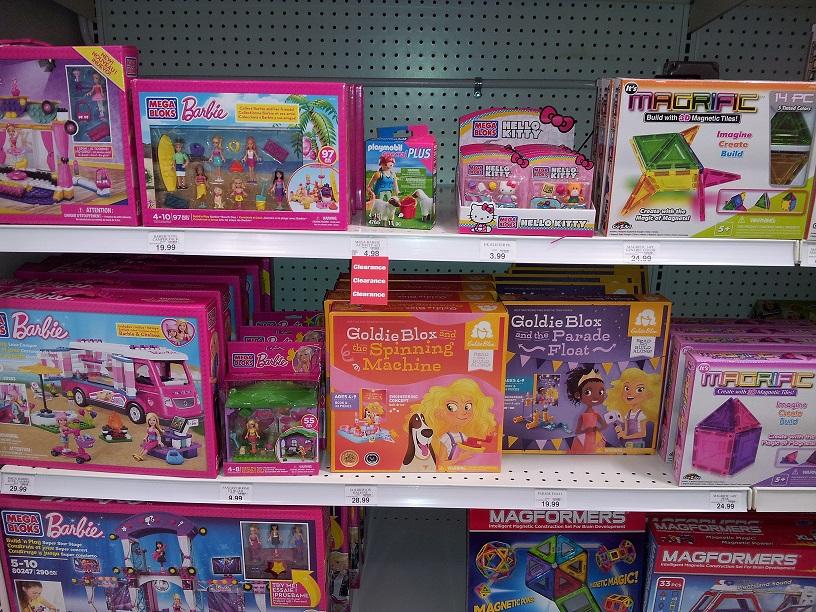






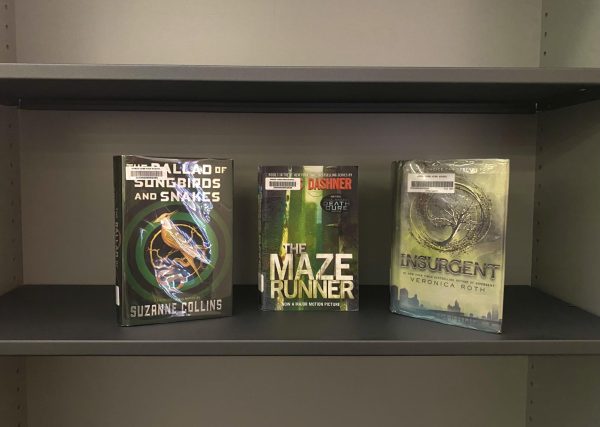

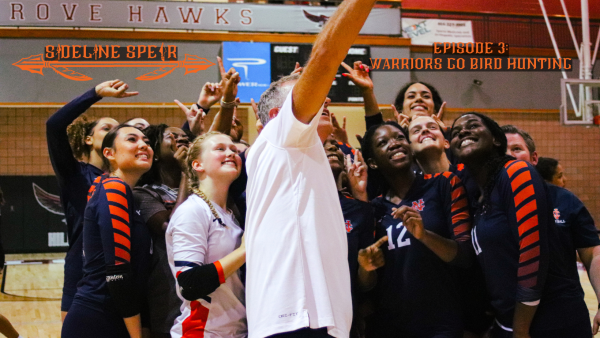

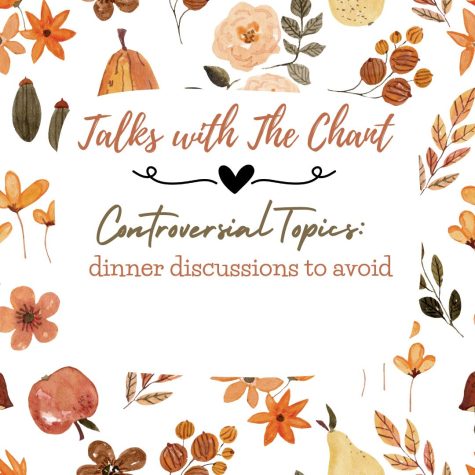


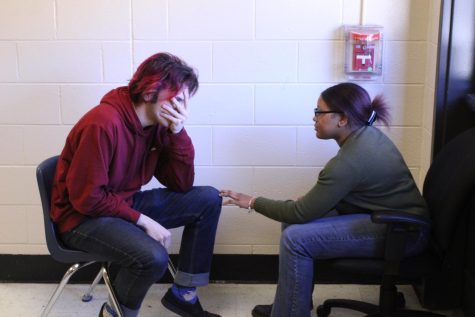
Kimo • Mar 6, 2015 at 8:20 AM
It may attempt to abolish gender stereotypes with its content, but the pink and traditionally gendered color schemes and content are still present in Goldieblox merchandise. It’s a good start but has a long way to go…